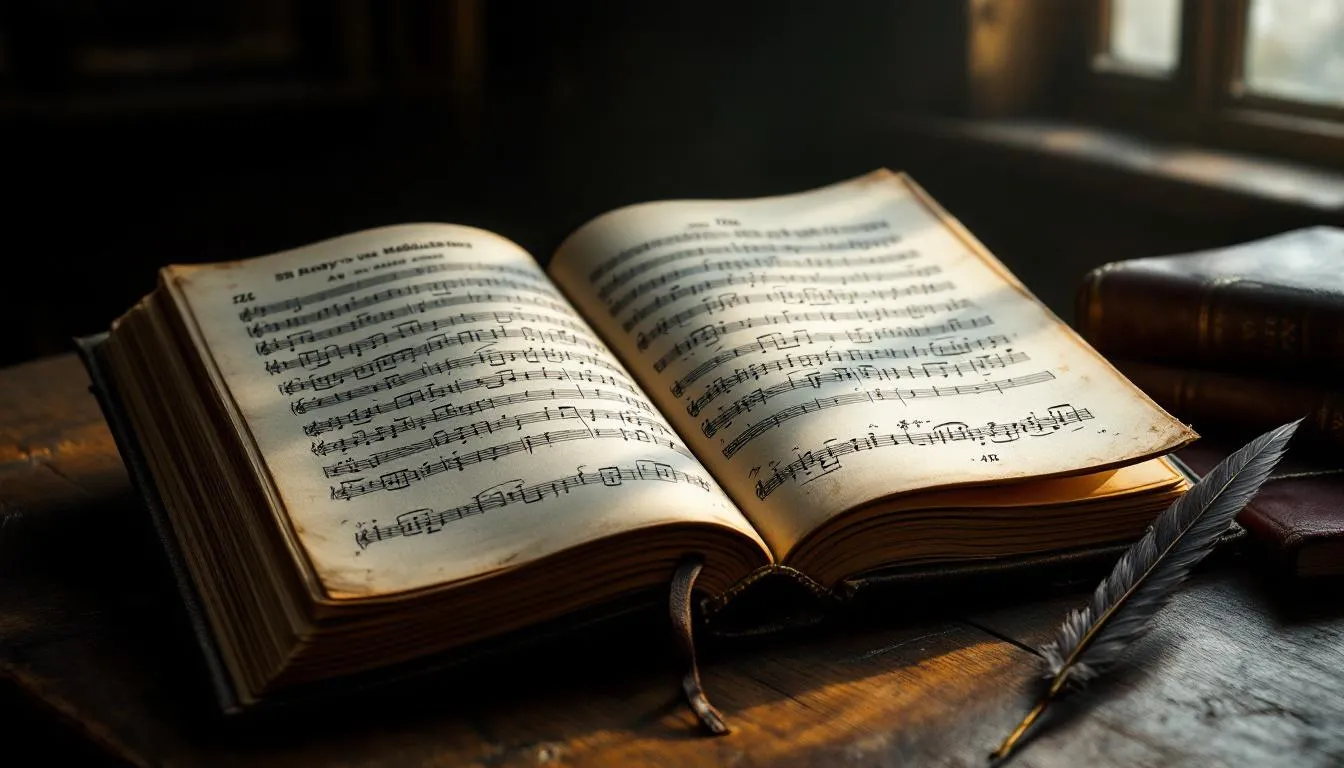
How Do Chromatic Mediants Shape Modern Music?
Quick Answer Chromatic mediants are a captivating musical concept where chords are related by a third interval but belong to different keys. This creates unique tension and resolution, surprising and delighting listeners. A classic example is Radiohead’s “Creep,” where the unexpected chord progression is crucial to the song’s emotional impact. Chromatic mediants shape modern music […]
Read More







